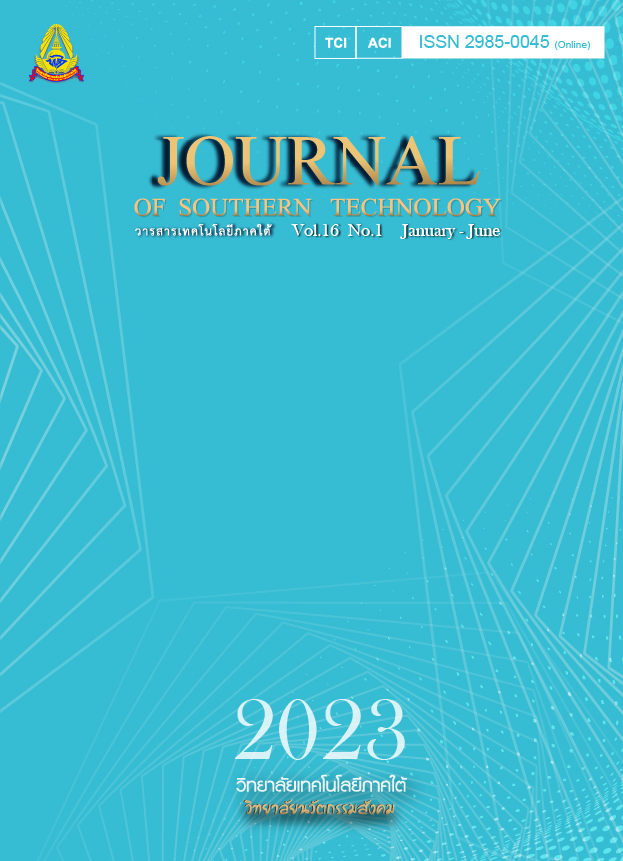The Rights of the Children and Protection the Rights of the Children Who Born Through Surrogacy
Main Article Content
Abstract
Protection of a child born by Medically Assisted Reproductive Technology Act, B.E. 2558 has been enacted in order to support surrogacy which has been providing a protection for the rights of surrogate child. However, the protection cannot thoroughly cover the rights of the child whose properties are different from an ordinary one. This is inconsistent with the Convention of the Rights of the Child in Thailand whose country is a contracting state. Thus, its citizens are obliged to conform to the rule. This has caused problems in protecting the rights of surrogate child including rights to survival, rights to protection, rights to development, rights to participation. as well as has caused the surrogate child risks to receive the best interest of the child and to be protected under all other rights of the child. As all those were the result of the enacted law, therefore, it is compulsory to amend the Act to protect the rights of the surrogate child with an aim for the best interest of the child and a consistency to the Convention of the Rights of the Child in which Thailand is a contracting state.
Article Details

This work is licensed under a Creative Commons Attribution-NonCommercial-NoDerivatives 4.0 International License.
-
Authors must agree to the journal publication rules and allow the editors to edit the manuscripts for publication.
-
Author’s right belongs to the author but Journal of Southern Technology holds the right of first publication and thus allow readers to use the article for the purpose of education but not commercial.
References
Aneiros, V.S., & Gee, D. (2020). Child Rights International Network. What are Children’s Rights?. Retrieve October 20, 2020. from https://home.crin.org/childrens-rights-landing-page
Deharo, G., & Madanamoothoo, A. (2020). Is International surrogacy the lark’s glimmer?: when covid-19 reveals the legal insecurity of surrogacy use. European Journal of Health Law, 27, 345-367.
Finkelstein, A. (J.D. ’17), Mac, D. S. (J.D. ’16), Kintominas, A (LL.M. ’16), & Olsen, A (J.D. ’17).1. (2016). A Child’s Right to Know His/Her Biological Parentage and Heredity Surrogacy Law and Policy in the U.S., Columbia Law School Sexuality & Gender Law Clinic.
Gilroy, V.R.H. (2021). Covid-19, Surrogacy, Unplanned Childcare: Why The Commercial Surrogacy Industry Needs New Contractual Provisions After The Pandemic. Retrieved June 20, 2021. from http://www.hfea.gov.uk/donation/donor-conceived-people-and-their-parents/finding-out-about-your-donor-and-genetic-siblings/
Human Fertilisation & Embryology Authority. (2018). Code of Practice 9th Edition. 20. Donor Assisted Conception. Mandatory Requirements. International Social Service. (2021). Principles for the Protection of the Rights of the Child Born Through Surrogacy (Verona Principles). Retrieved July 1, 2021. from https://www.issssi.org/images/Surrogacy/VeronaPrinciples_25February2021.pdf
Kacunko, I., & Gouban, B. (2017). Humanium Switzerland.Children’s Right History. Retrieved November 23, 2017. from https://www.humanium.org/en/child-rights/The meaning of the child and the rights of the children Rights of the Child “Humanity has to do its best for the child.” Declaration of Geneva.
Kennedy, I., & Grubb, A. (1994). Medical Law: Text with Materials Butterworth. Butterworths Law (New Zealand) (2nd ed.), London.
Kosher, H., Arieh, A. B., & Hendelsman, Y. (2016). Children’s Right and Social Work. Springer Briefs in Rights-Based Approaches to Social Work. Fordham University.
Skivenes, M., & Sørsdal, M. (2018). The Child’s Best Interest Principle Across Child Protection Jurisdictions. Department of Administration and Organization Theory,University of Bergen.
Somkit, L. (2000). Equality principle. Thammasat Law Journal, 30(2), 170. [in Thai]
Vonk, M.J. (2011). Natherland: maternity for another: a double dutch approach, in gestation pour autrui: surrogate motherhood (dir. F. Moneger), coll. Collques, Vol. 14, Proceedings of the 8th Congress of International Comparative Law, Held in Washington DC from 25 to 31 July 2010, Paris, Society of Comparative Legislation, p. 212.

